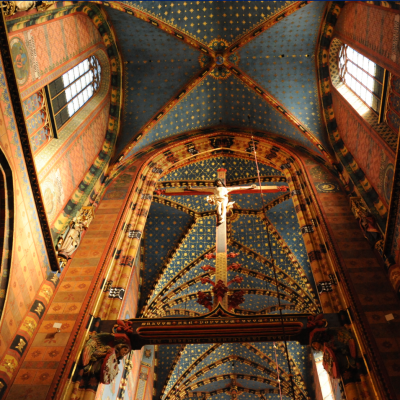Look in any dictionary for the meaning of the word ‘Naff’ and you’re likely to come up with some or all of the following terms: ‘tacky’, ‘tasteless’, ‘cheap’, ‘duff’, ‘inferior’ or just downright ‘bad’. The antonyms to be found include words like, first-rate, high-quality, exceptional, first-class, superior, fine and excellent. I can tell you all this because I had gone online to find out if there was a definitive word that was the etymological opposite of ‘Naff’ (apparently there isn’t!)
Why was I so concerned with discovering such a word? Because I wanted to find something that I could use in the title of this week’s blog instead of using Pietra Dura because that means something else entirely although metaphorically speaking, it could stand in for the now apparently non-existent word. Confused? Let me explain.
Whenever I travel someplace, I always make a point of purchasing something that is typical of that country or region or which reflects a particular set of skills that are unique to that destination. Over the years, I’ve built up quite a collection of masks, hats, carvings, handcrafts and curios that crowd the shelves of my office and which I occasionally pick up and handle as they are a tactile reminder of some very pleasant memories. Examples include a beautiful life-size bust of a black man made from Lignum Vitae that I spent a whole afternoon bargaining for in Jamaica many years ago. On a recent trip to the Seychelles, I purchased a letter opener made from the bill of a swordfish. Other ‘artifacts’ include part of an exploded shell fragment unearthed from one of the fields that bore witness to the Battle of the Somme over a hundred years ago and a ceremonial war club from Fiji. Yes, you’ve guessed it — I’m a hoarder.
There is no ‘ideal’ memento that I go looking for when I’m travelling. I adhere to just three simple rules:
- It is something that won’t break the bank.
- That it is compact or light enough fore me to carry home with me
- That it is not naff!
And herein lies the problem because one man’s naff could represent another man’s undiscovered treasure. It is, in other words, a very subjective matter although I suspect that many of us would instinctively think of many of those adjectives that I list above. So, where does Pietra Dura come into the story? It is the singular form of the Italian Pietra Dure which, literally translated means ‘hard rocks’ and is the craft of inlaying semi-precious stones into other hard surfaces such as marble and creating exquisite displays — usually floral or geometric in pattern. The technique was originally developed by the Italians and you’ll see plenty of examples in churches throughout Italy, particularly in alters. The craftsmanship is almost difficult to comprehend because of the time and the skill that it takes to cut, shape, countersink and polish the various semi-precious stones that go to make up a single flower in such designs.
Examples of the semi-precious stones include Black Onyx, Cornelian, Coral, Jasper, Lapis Lazuli, malachite, Turquoise, Tiger Eye, Mother of Pearl and Abalone Shell. A piece of Pietra Dura the size of a typical side plate can contain up to four or five hundred individual pieces of shaped stones — all inlaid to form a smooth, continuous surface. Every single piece from the smallest pocket-sized souvenir to the largest table-sized surface are unique works of the most beautiful artisan-ship and truly are works of art. The technique is known as Parchin Kari in India and is what was used to beautify much of the exterior and interior walls of the Taj Mahal. Indeed, descendants of those original master craftsmen continue to ply their fabulous skills to this day in and around the city of Agra and Pietra Dura is one of the most famous exports from this part of India. The marble that is used as the base of all their output is a particularly hard white marble that is unique to this part of the Indian sun-continent and is called Makrana, after the place where it is quarried. It is the same Makrana marble that was used to clad the Taj Mahal itself. Such is the skill and precision used in making these pieces that even a small plate may take up to three months labour to complete.
So, if you’ve never been a fan of back-scratchers from Palma Nova or ashtrays from Corfu and want to start your own non-naff collection of reminders of your travels abroad, then remind yourself of that old Confucian saying — ‘The journey of a thousand miles begins with the first step!’ Every destination boasts its own version of Pietra Dura; you’ve just got to look a bit harder to find it.





